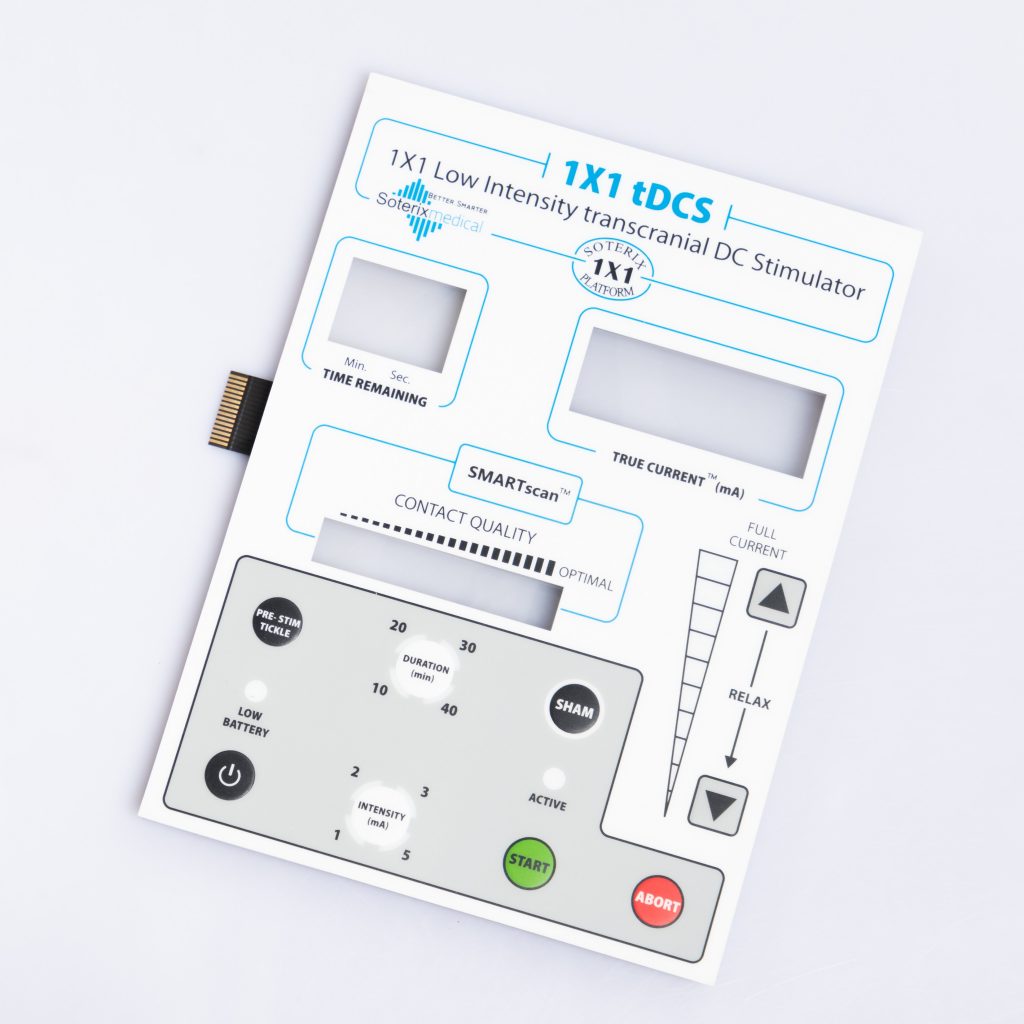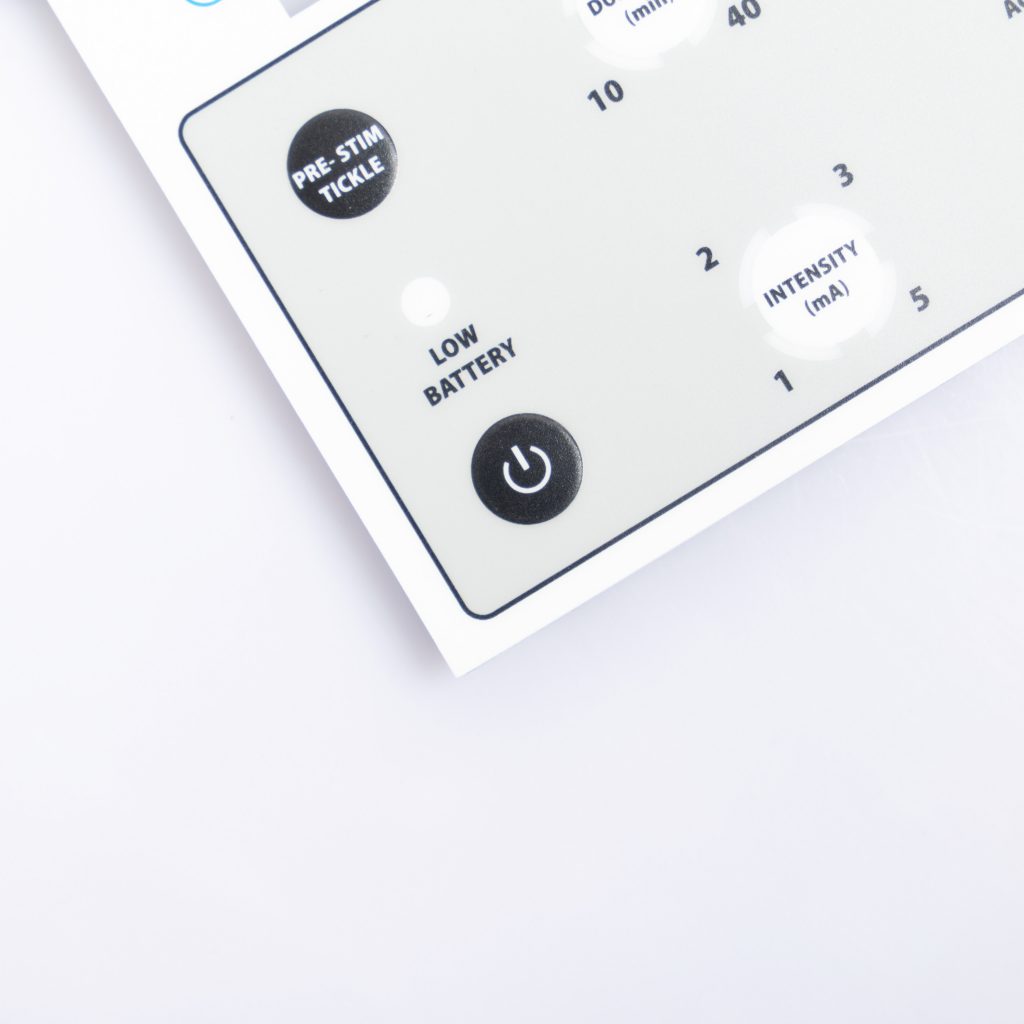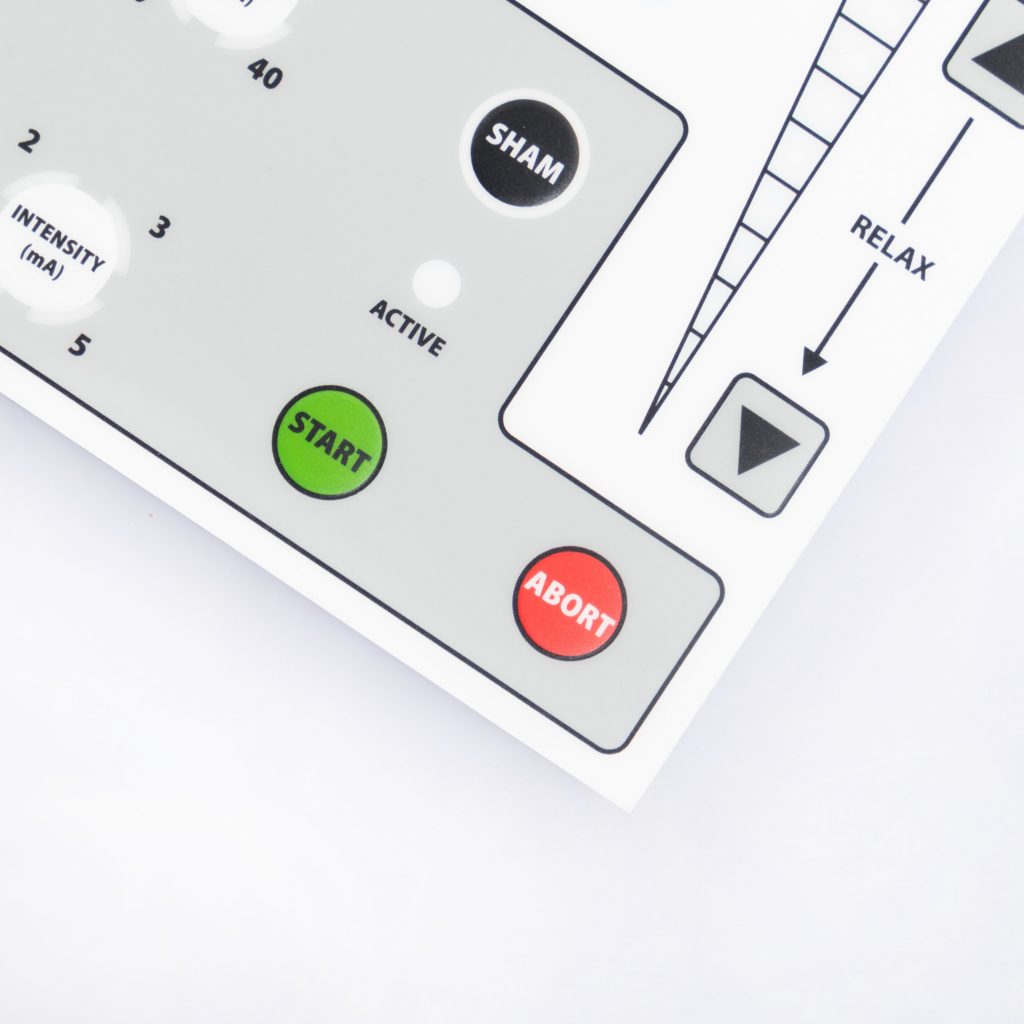Contact
Write to Us And We Would Be Happy to Advise You.
Do you have any questions, or would you like to speak directly with a representative?
By hqt
Flexible Printed Circuits (FPCs) are integral to modern electronics, offering unparalleled flexibility and space-saving advantages. However, like all electronic components, they require regular maintenance to ensure optimal performance and longevity. Here’s a comprehensive guide to maintaining your FPCs effectively.



The first step in maintaining flexible printed circuits is regular inspection. FPCs are often subjected to repeated bending and flexing, which can lead to wear and tear over time. Inspect the circuits for signs of physical damage, such as cracks, delamination, or exposed conductive traces. Early detection of these issues can prevent more severe problems down the line, ensuring the circuits continue to function properly.
Dust, dirt, and other contaminants can accumulate on flexible printed circuits, leading to potential short circuits or signal degradation. Regular cleaning is essential to maintain circuit integrity. Use a soft, lint-free cloth and isopropyl alcohol to gently clean the surface of the FPCs. Avoid using excessive force or harsh chemicals, as these can damage the delicate components of the circuit. Proper cleaning ensures that the circuits remain free from contaminants that could affect their performance.
Proper handling is crucial to prevent damage to flexible printed circuits. Always handle FPCs with clean hands or wear gloves to avoid transferring oils and dirt onto the circuits. Additionally, avoid applying excessive force or bending the circuits beyond their specified flex limits. Mishandling can lead to microcracks or delamination, which may compromise the circuit’s functionality. Following these handling precautions will help extend the lifespan of your FPCs.
Flexible printed circuits are sensitive to environmental factors such as temperature, humidity, and exposure to chemicals. Ensure that FPCs are stored and operated in environments that meet their specified conditions. High temperatures can cause the circuit materials to expand, leading to potential delamination or warping. Similarly, high humidity levels can lead to moisture absorption, resulting in short circuits or corrosion. Protecting FPCs from harsh environmental conditions is key to maintaining their performance.
Overloading flexible printed circuits with excessive current can lead to overheating and eventual failure. Always ensure that the circuits are operated within their specified electrical limits. Use appropriate fuses and circuit protection devices to prevent overcurrent situations. Monitoring the circuit’s electrical load can prevent overheating and extend the life of your FPCs.
In some cases, flexible printed circuits may suffer damage that requires repair. Minor damages, such as small cracks or broken traces, can often be repaired using conductive epoxy or by bridging the damaged area with a small wire. However, if the damage is extensive, it may be more cost-effective to replace the FPC altogether. Repairing damaged circuits promptly can prevent further issues and restore the circuit’s functionality.
Maintaining flexible printed circuits is crucial for ensuring their long-term reliability and performance. By following these essential maintenance tips—regular inspection, proper cleaning, careful handling, environmental protection, and avoiding overloading—you can extend the lifespan of your FPCs and keep your electronic devices running smoothly. Remember, proactive maintenance is the key to preventing costly repairs and ensuring the consistent performance of your flexible printed circuits.
Do you have any questions, or would you like to speak directly with a representative?